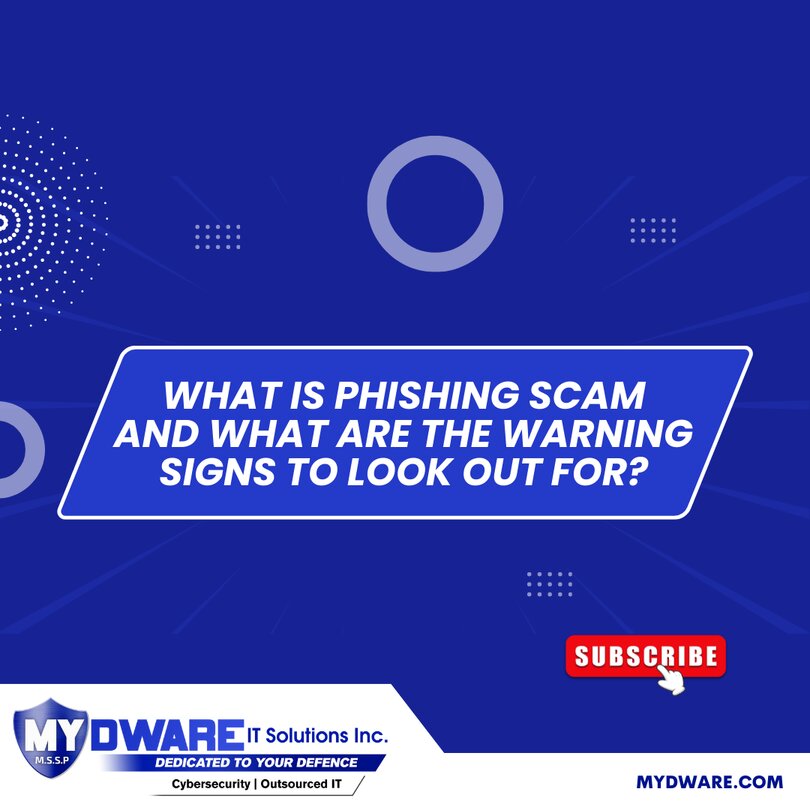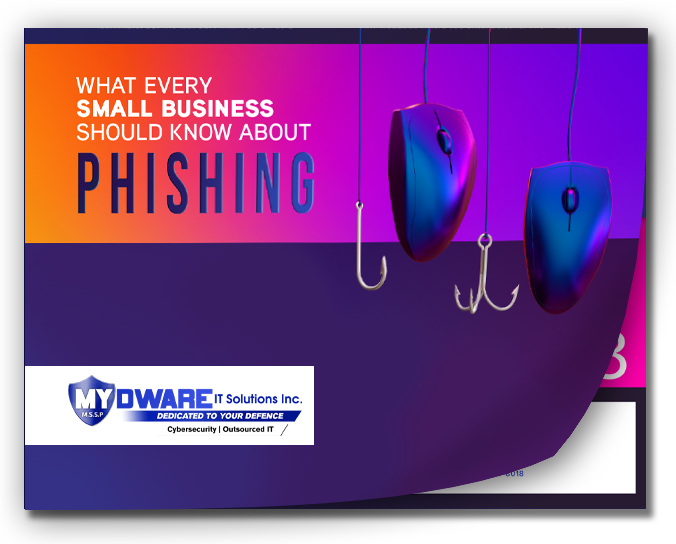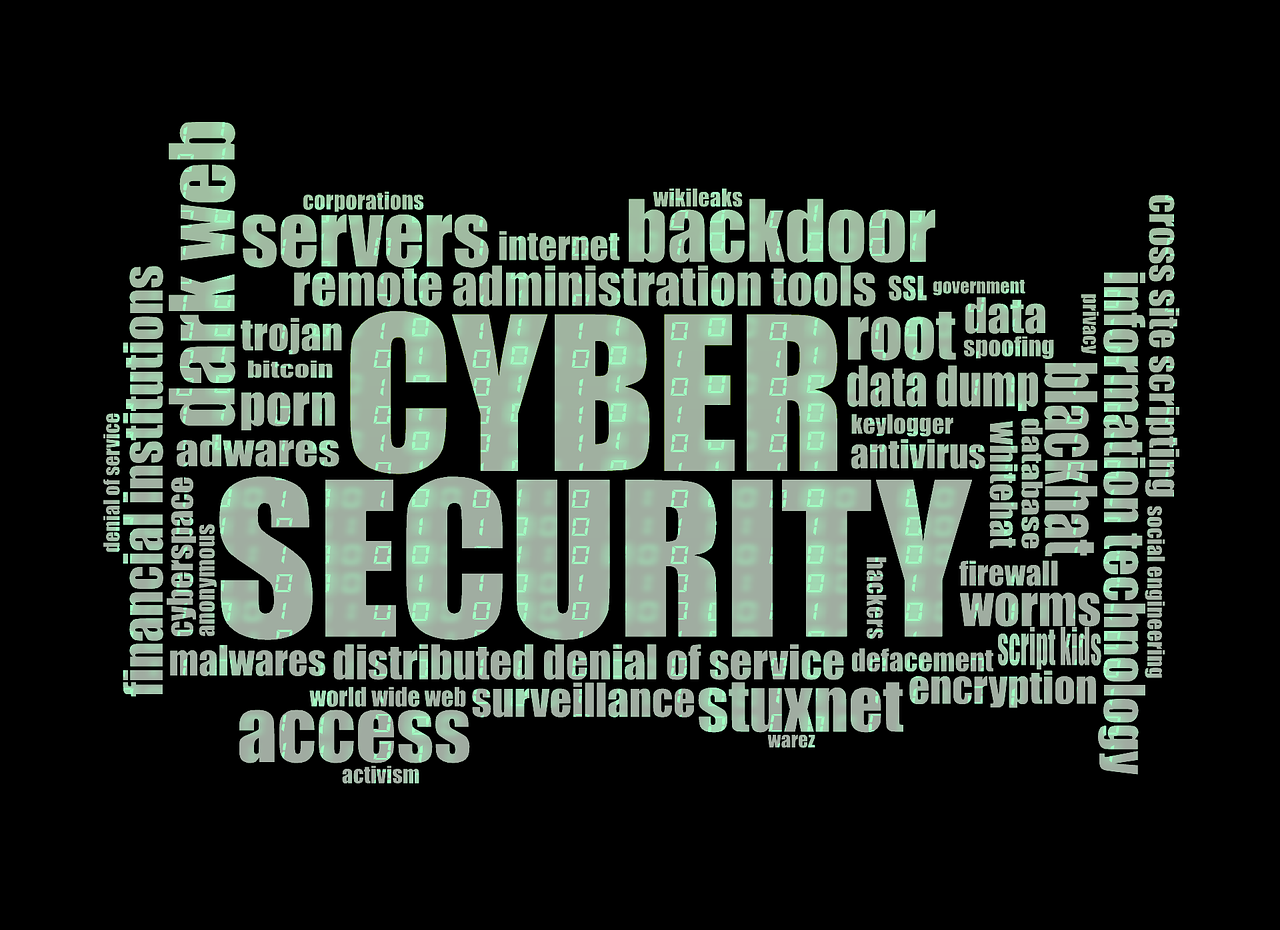
1 out of every 99 emails is a phishing scam. And 25% of them make it past security filters and into your inbox.
What exactly is phishing? It happens when someone sends you a fake email pretending to be someone else. They're hoping you'll open a malicious attachment or click a dubious link.
They want to steal your login information or infect your network with malware. Phishing is extremely damaging to your business. Here are some warning signs to look out for.
First, scan the whole email for bad grammar or spelling mistakes.
Also, look for an unusual layout in comparison to genuine emails you have received in the past. The email may be from a vendor you work with frequently, but it addresses you as "dear client" rather than by name.
Checking the email address of the sender is also a good idea. Is it real or a close copy?
Hovering your cursor over any website link will allow you to inspect it. Is it leading you to a legitimate website or to a phony website with a similar URL?
Furthermore, check the filename if there is an attachment. Unusual filenames could appear in phishing emails.
Following these verifications, if you're still unsure, do not click anything. You should go to the website that the email is trying to take you to and log in there. Alternatively, call the sender.
These are only the fundamentals. Contact us if you want to ensure that your employees receive adequate security training; rest assured, it will be enjoyable so that they will participate and remember it.




